Air Conditioning: What You Can’t See
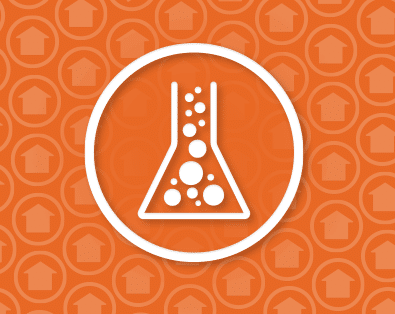
Home inspectors visually inspect and report on residential air conditioning systems. We operate the systems and check for water leaks, and we may also measure the temperature drop across the evaporator coil. But we don’t get a chance to see several components.
Visible components of the AC system are shown in Illustration A032: compressor, condenser coil, expansion device, and an expansion “A” coil. We can see the exterior of the furnace or fan coil unit (Photo 1). Outside the house (Photo 2), we see the exterior of the condenser coil and maybe the fan.
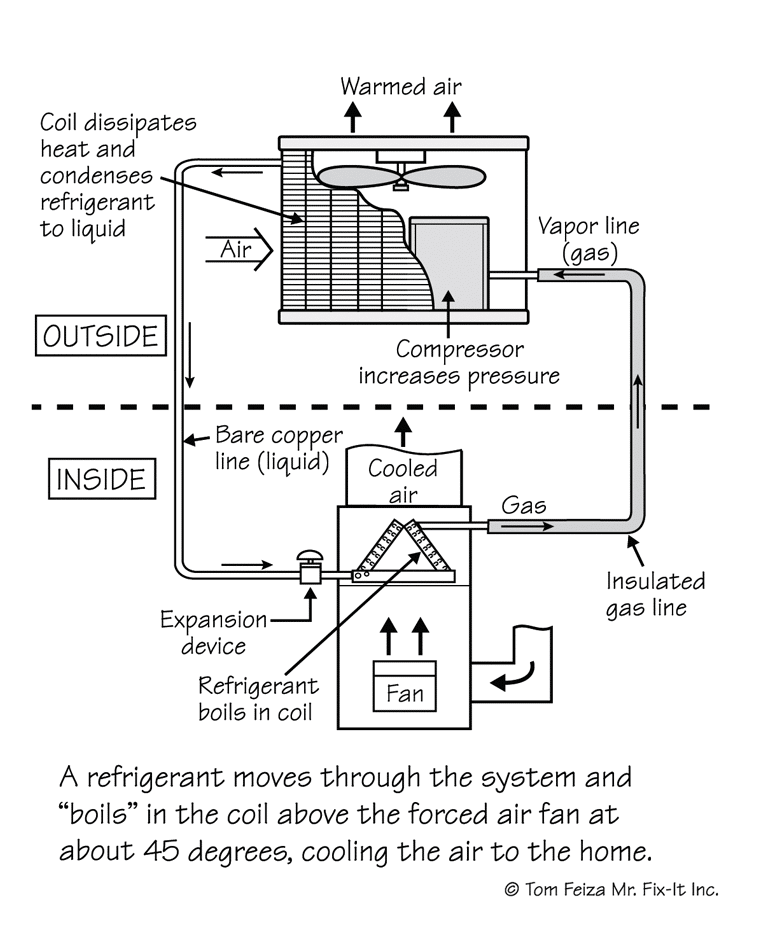
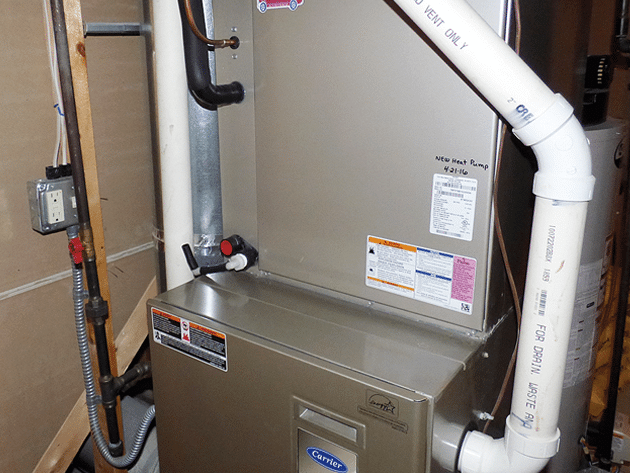
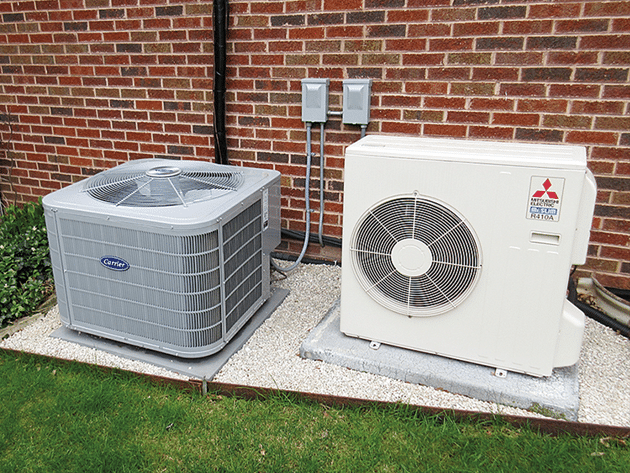
But which parts of the system can you not see?
You can’t see much of the compressor.
Compressors are buried inside the condensing coil within a metal housing (Illustration A039). Older compressors use a piston and crankshaft system, just like a small lawnmower engine. The piston moves back and forth in a cylinder to compress the refrigerant gas. This type of system is more sensitive to liquid refrigerant.
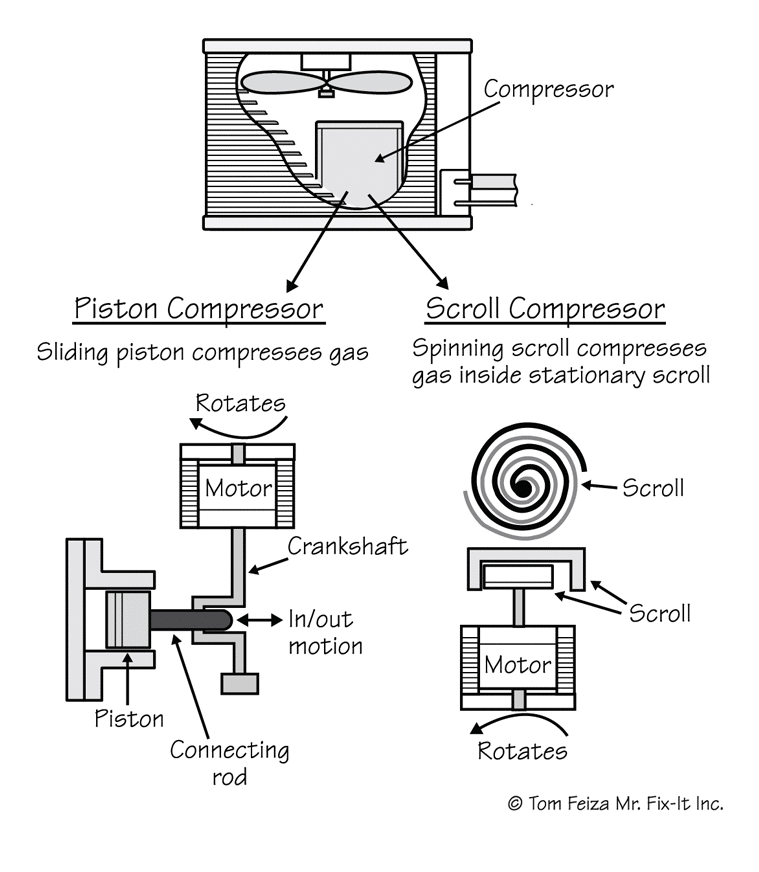
Many modern systems use a scroll compressor. This compresses the refrigerant gas with a rotation scroll that spins inside a similar-shaped scroll. In general, this is more efficient and durable than a reciprocating piston.
You can’t see the “A” coil – evaporator components.
Photo 3 shows a typical evaporator or “A” coil that’s buried in the ductwork near the blower fan. Normally there is no access panel to this coil.
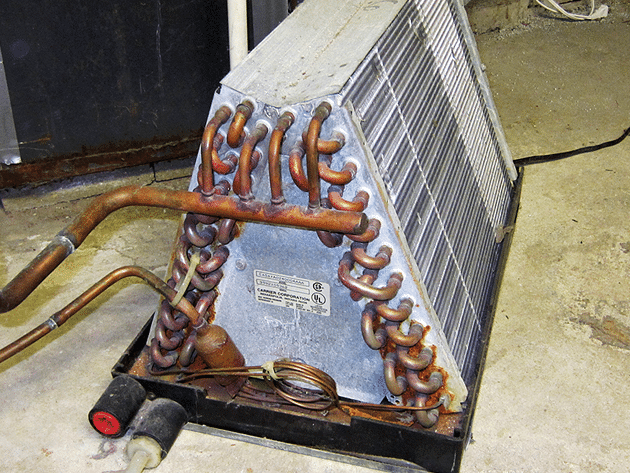
Liquid refrigerant enters the coil through the small copper line. Refrigerant passes through a metering device that maintains proper flow by using a temperature-sensing bulb.
The liquid refrigerant is “boiled” in the coil with heat transfer from the air blown through the fins. Gas (vapor) refrigerant returns from the top of the A coil through the larger insulated copper tube to the compressor outside.
Because the humid home air is cooled below its dew point, water condenses on the coil and drips into the black plastic pan below. The water (condensate) is drained through a tube or pipe; the drain line and the plugged secondary drain line are visible here. All pans have a higher drain connection that is normally plugged.
The Takeaway
You should understand the components and operation of an air conditioning system. While you don’t need to report on components you can’t see, you must report signs of failure. Signs of water leaks at the evaporator coil mean you must recommend further evaluation. You should check for an air temperature drop of 14 to 22 degrees Fahrenheit across the evaporator. Outside, the coil should be clean, with a clear path for airflow. The exterior unit should be level.
To learn more, attend Tom’s technical presentations at educational sessions for ASHI chapters and local groups. Tom can also provide his knowledge for your educational event.
The opinions expressed in this article are those of the author only and do not necessarily reflect the opinions or views of ASHI. The information contained in the article is general and readers should always independently verify for accuracy, completeness and reliability.
How to Operate Your Home is a proud ASHI Affiliate member.
To Read the Full Article
ASHI offers its members unparalleled resources to advance their careers. ASHI offers training for inspectors at all levels of knowledge and experience, including resources about all major home systems. Members benefit from a vast network of experienced professionals, providing a community for mentorship and knowledge sharing..
In this Issue
Personal Protective Equipment (PPE) for Home Inspectors
Volunteering: Getting Involved
Join the Club
Working Toward Safer Decks
Joseph Lstiburek: From Rocket Science to Building Science
ASHI Staff: Helping People Learn
Postcards from the Field

FIND A HOME
INSPECTOR
Professional Networking
Grow your professional network, find a mentor, network with the best, and best part of the community that’s making home inspection better every day.
